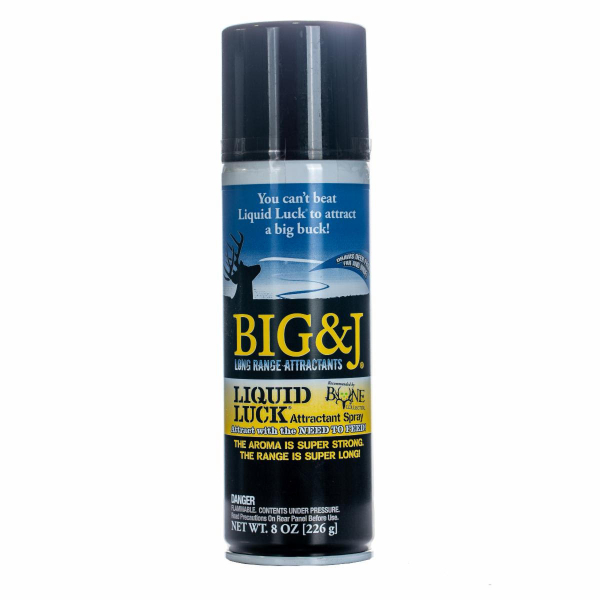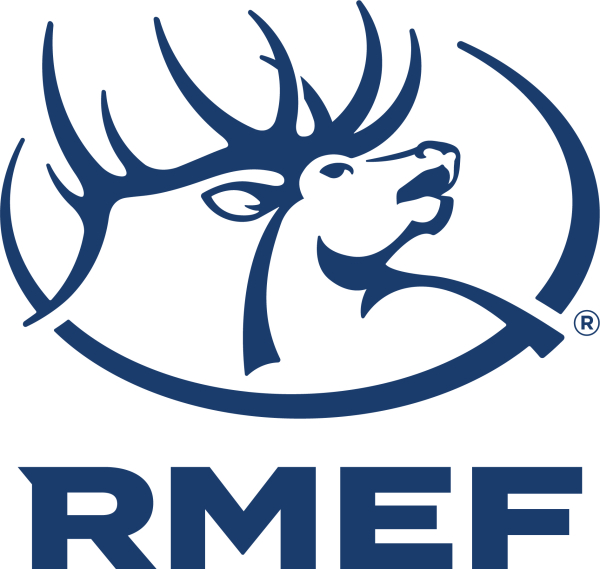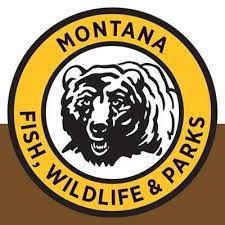By Glen Wunderlich
Charter Member Professional Outdoor Media Association (POMA)
Picture this: You are deer hunting to feed your desperate family that has been lost in the wild and has not eaten for days, when a mature whitetail is streaking through the tall timber 100 yards from you. To complicate matters, you have only a single round remaining in your possession after firing the rest of your ammo to signal your position to anyone that may have been searching for you. You’ve never attempted such a shot in your life and the pressure to succeed is mounting each hour. Do you take the long odds or wait for a better opportunity?
Although an extreme example, similar shoot-or-don’t-shoot thoughts will creep into the minds of Illinois deer hunters this season because of a newly enacted law allowing only single-shot firearms. Effective Jan. 1, 2023, any rifle chambered in a legal caliber and either manufactured or modified to be a single shot (capable of holding only one round in the magazine and chamber combined) may be used to hunt deer.
There are certain mental aspects of any hunt, but carrying a single-shot firearm afield has a way of revealing its physical properties from the start. Shots that are not a sure thing are not taken; otherwise, one soon discovers the hunt can be spoiled, because of one bad shot. Attempting a shot beyond one’s limitation – one that cannot be made 9 out of 10 times – will, at best, miss completely and scare off anything in the vicinity. Worse, however, is the ill-advised shot that cripples an animal often not recovered.
The most sensible approach is to take only shots that will be cleanly fatal. To accomplish this, one must be thoroughly familiar with the chosen firearm’s function and your personal limitations. Knowing you have no quick follow-up shot is ever present in your mind, and therefore, placing that single round with absolute precision is a must.
I have found that stand hunting fits my style and offers the most favorable opportunity for precision; running and gunning are out!
Preferred tactics involve sitting and the virtue of patience within the confines of a blind, whether permanent, portable, or makeshift. Inside the hideout, a firearm rest can be employed with sandbags on a windowsill, or by use of shooting sticks or bipods. Natural yardage markers can be determined and noted in advance to eliminate guessing distances. The cover of the blind can keep one warm and dry and allows the effective use of quiet, blind heaters.
Just as important as comfort is the cover of a hunting blind that allows movement within to be concealed – an all-important factor, especially for anyone with youngsters. Also, for those that want to record their hunt, tripod-mounted cameras can be manipulated with minimal concern, given adequate operational space.
In summary, successful hunting with a single-shot firearm or a repeater, comes down to reliable, controlled technique when opportunity presents itself. Nothing is more satisfying than the perfect, single shot – all part of an operating system with the most important ingredient positioned between one’s ears.








